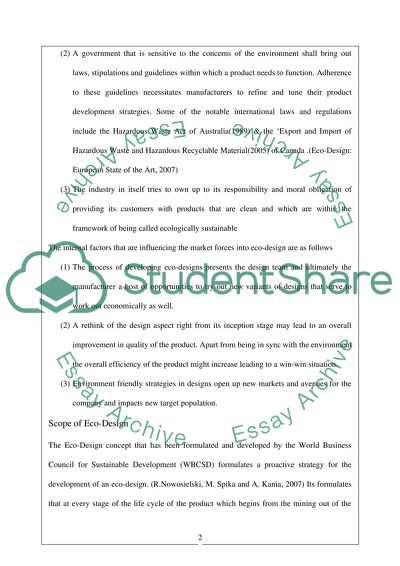Cite this document
(Eco-Design For Life Essay Example | Topics and Well Written Essays - 1750 words, n.d.)
Eco-Design For Life Essay Example | Topics and Well Written Essays - 1750 words. https://studentshare.org/design-technology/1572342-eco-design
Eco-Design For Life Essay Example | Topics and Well Written Essays - 1750 words. https://studentshare.org/design-technology/1572342-eco-design
(Eco-Design For Life Essay Example | Topics and Well Written Essays - 1750 Words)
Eco-Design For Life Essay Example | Topics and Well Written Essays - 1750 Words. https://studentshare.org/design-technology/1572342-eco-design.
Eco-Design For Life Essay Example | Topics and Well Written Essays - 1750 Words. https://studentshare.org/design-technology/1572342-eco-design.
“Eco-Design For Life Essay Example | Topics and Well Written Essays - 1750 Words”. https://studentshare.org/design-technology/1572342-eco-design.


